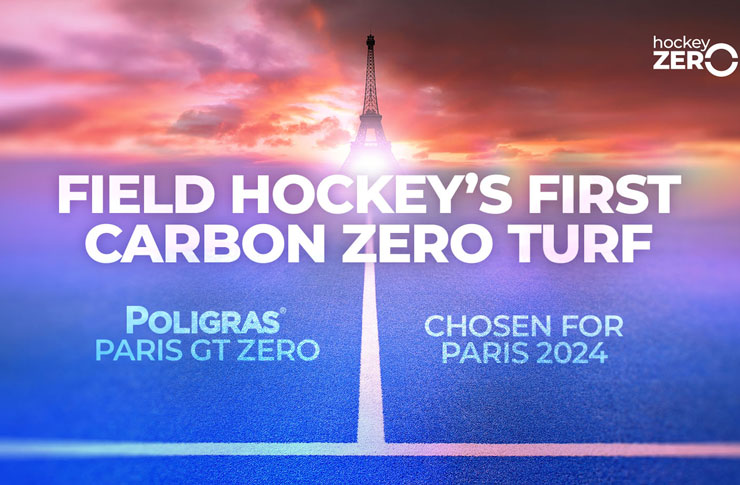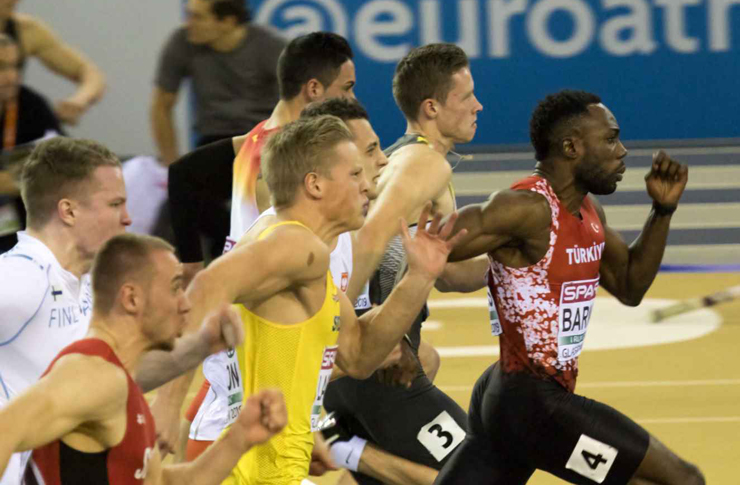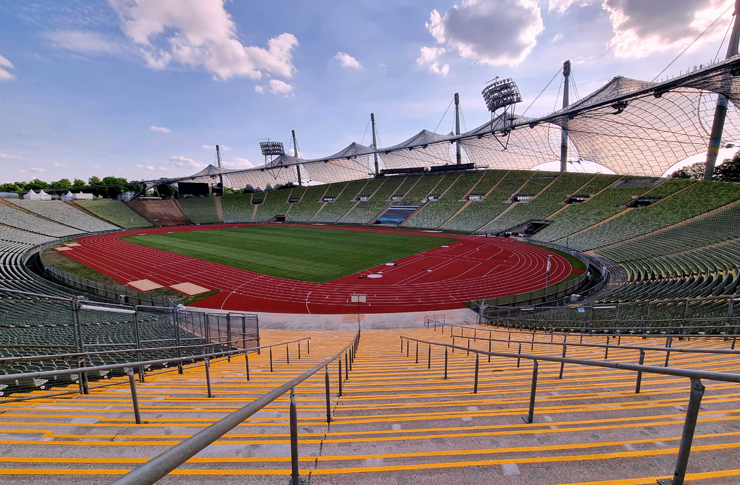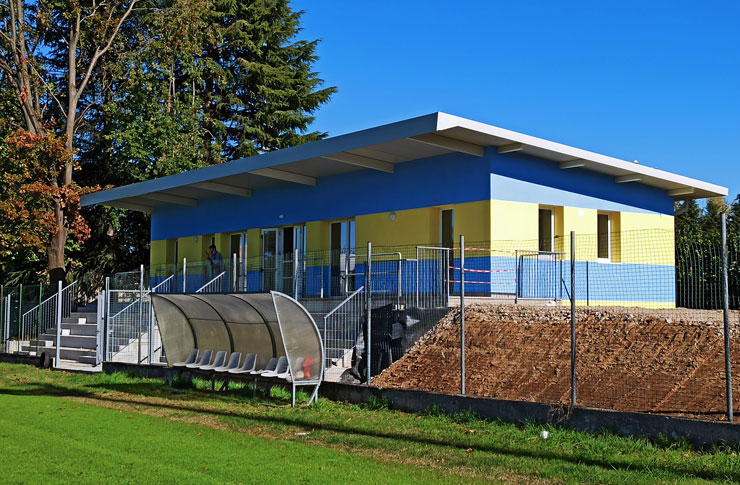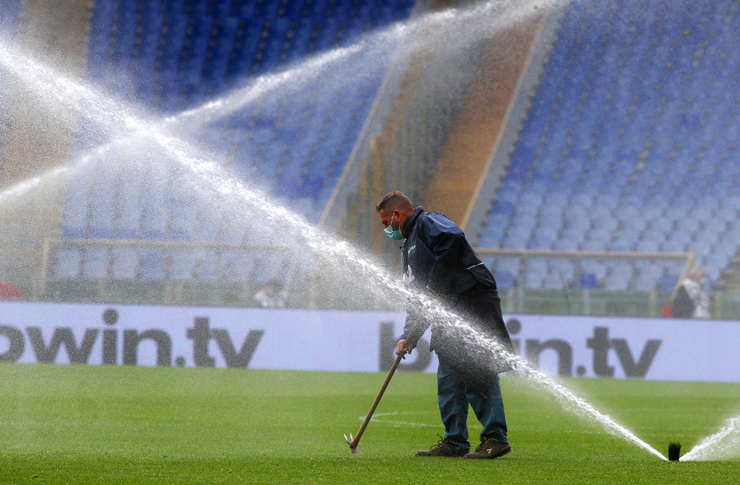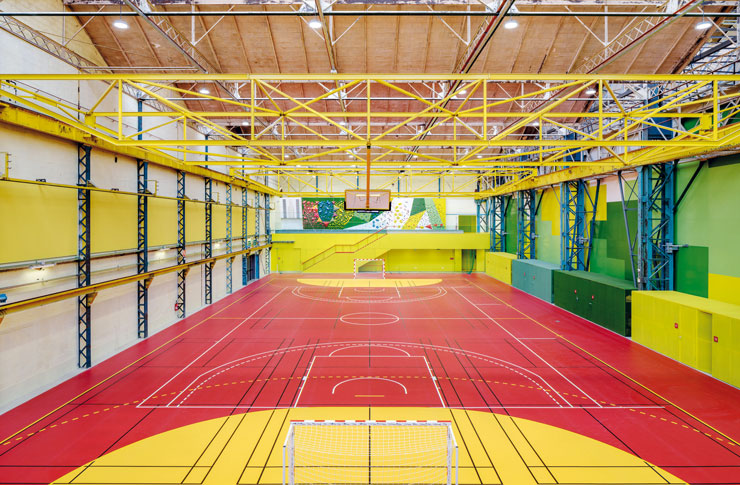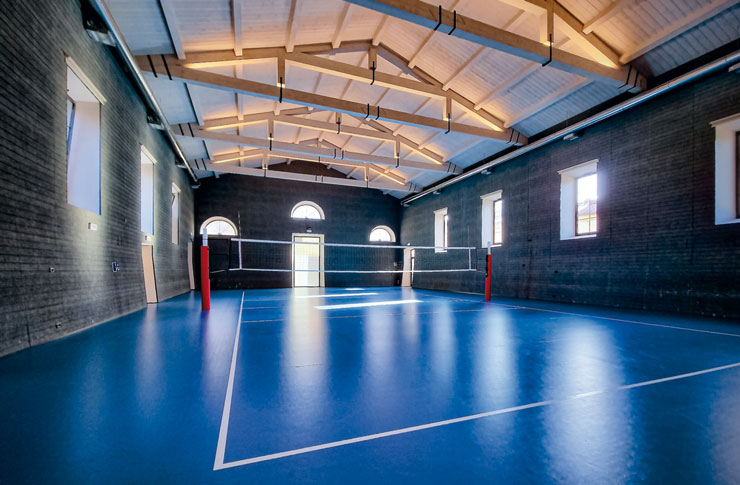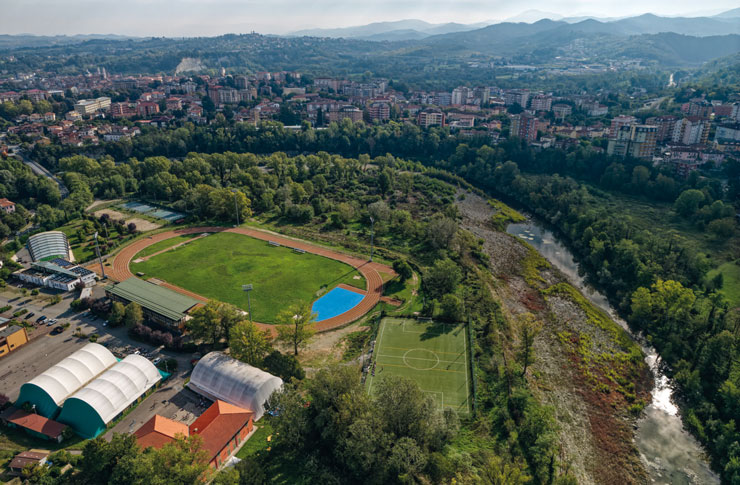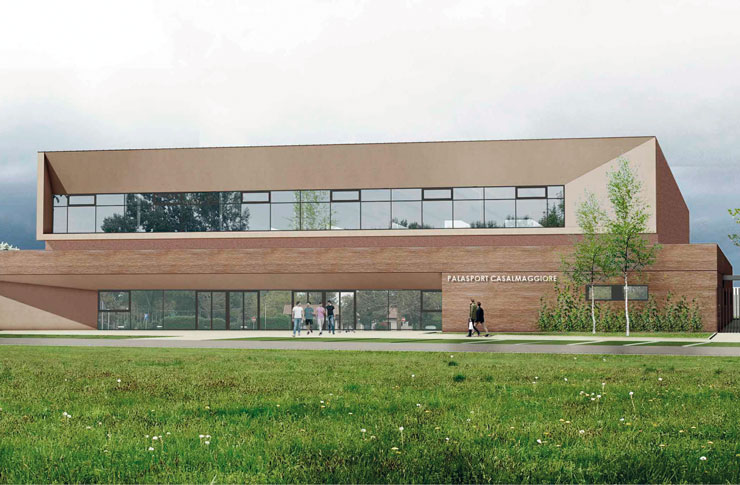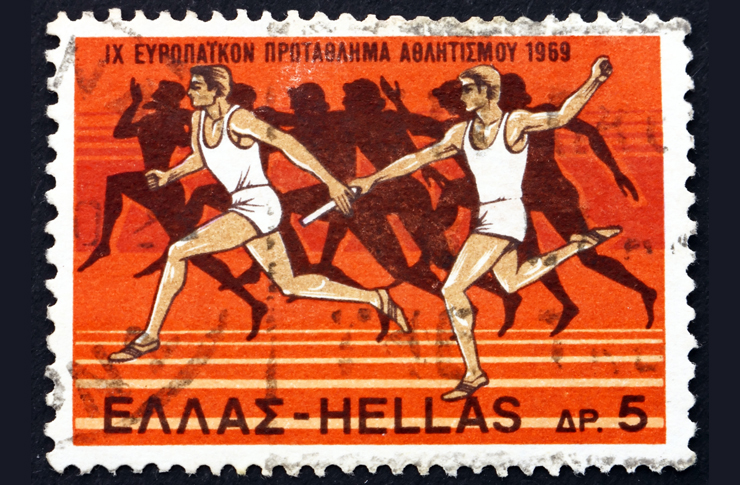In June 2017, the Executive Board of the International Olympic Committee approved the programme for the Tokyo 2020 Olympic Games, confirming the line taken recently by the committee itself: to make the next Olympics a more “young” sporting event with a more “urban” appeal.
Special Skateboard / BMX
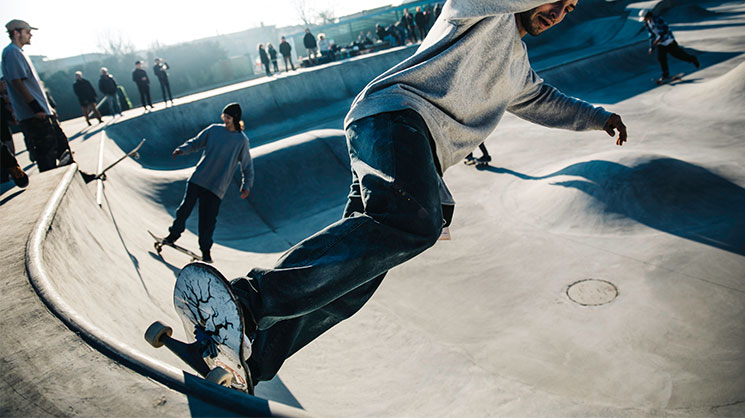
In fact, new disciplines have been added to the more traditional and consolidated competitions, which include, among others, 3×3 basketball, climbing, BMX freestyle and skateboarding, while it is planned to experiment with the inclusion of further urban competitions, such as break dance and roller skating, at the next Summer Youth Olympic Games.
So far, however, with regard to skateboarding and BMX freestyle (which differs from the speed races on the clay circuit, already present since the 2008 Olympics), the guidelines regarding the actual conduct of competitions and the construction of systems have not been made official. The reason for this choice on the part of the IOC is probably to be found in the very nature of the sports in question and consequently by those who practice them: unnoticed for years by all official sports associations, today come out of a period in which every activity, meeting or competition was born solely from the passion and involvement of athletes and enthusiasts, who have always managed themselves without ever arose the need (or desire) to define global standards, regulations that were universally accepted, nor an international federation or some kind of organizational reference.
Therefore, despite the fact that there are official national and international competitions, there is a lack of all the references that the Olympic Committee would need to draw up a regulation and official dimensional standards. For now, only the type of competition that will take place, that is the park freestyle, and the general safety rules have been made official.
Venues
Park freestyle competitions, both for skateboarding and BMX, are free style competitions in which athletes perform “tricks” such as jumps, turns or balancing games, with the help of a series of structures that replicate, in a safe and dedicated environment, the street furniture that was used in the streets or parks at the dawn of these sports: ramps, steps, handrails … The systems made exclusively for BMX have more space and dimensions than those for skateboarding, but to date the former are so rare that often within the official competitions are used then the latter for bicycles. In Italy today there are some skateboarding systems, often in degraded conditions if owned by the municipality, but only one ad hoc system for BMX, built under the patronage of the municipality of Priero (Cuneo) but then given directly to the champion of BMX freestyle Alessandro Barbero for safety reasons.
The IOC still has a number of references to dictate the rules for the construction of Olympic facilities, if only the facilities used within the FISE (for BMX) and WCS (for skateboard) World Championships, but for currently it seems that the intention is to proceed with caution, trying to involve the athletes themselves in the various processes that will bring these disciplines to Tokyo 2020.
How a skatepark is made
The skatepark takes on the typical elements of the urban spaces where the game was originally born, rationalizing and standardizing them to achieve greater effectiveness and reasonable safety for those who practice that sport.
The park can be created by assembling prefabricated modular elements on the market; or by designing and creating all the obstacles in an organic design of the available area. In any case it is appropriate that the design and placement of equipment is done with the support of those who have experience of this sport, as there is not yet an official codification to be respected, and indeed the best skate parks made in our country were born from the initiative and with the collaboration of real skaters. Often indoor systems are built, with a series of basic equipment (a bowl, some ramps), combined with a commercial space for the sale of equipment and spare parts.
Not always, however, the will of the organizers is rewarded: some well-designed parks have closed in a short time for the difficulty of balancing the accounts, as for that of Rome illustrated in the review published in the previous pages.
Trento: an exemplary project
Among the most recent Italian skate parks, the Trento one is significant both for its history and for the completeness of the elements located in the area, of 1,735 square metres, so much so that it is possible to obtain a true abacus of the equipment.
The project originates from the idea of regeneration of the area launched by a group of enthusiasts on the online platform FuturaTrento, which has materialized within a program built thanks to the regulation governing the collaboration between citizens and the administration for the care of urban common property. The students have put their skills in the field of skateboarding and bmx to the service of the co-planning of the restructuring of the structure, also proposing for the management of the same.
The project was realized by the architect Lara Zoccatelli with the collaboration of the well-known expert Marco Morigi and with the support of the parks and gardens service of the Municipality of Trento.
The system, illuminated until midnight, has free access.
Movies
It is above all in the States that cinema has dedicated – directly or indirectly – some scripts to skateboarding; these are titles that have hardly left a trace in our cinemas.
The founder – even if not specifically dedicated to the theme – is Back to the Future (by Robert Zemeckis, 1985): the young Marty McFly on the run in the 50s “invents” skateboarding…
More directly addressed to the world of skateboarding, a dozen titles are published in Italy, referred to in the table published here.
Skateboard & art: SkateHeart
A collective exhibition where skateboards become true works of art. Artists from all over Italy – street artists, tattoo artists, designers, painters and illustrators – introduce their personalized and hand-painted boards. Unique works that deviate from the classic, mass-produced graphics intended for marketing.
From illustration to design and painting, a broad range of stylistic trends and languages gather together in a collection of stories having the skateboard as their means of communication and expressive witness. Art and skateboarding have always been intertwined: a universal stylistic aptitude free from any expressive constraints.
It was the ‘90s when the Skateboard Art bursts upon the USA. Marc Mckee, Sean Cliver, Kevin Ancell e Kim Philips were the precursors of a new trend: skateboards were no longer just boards for tricks – they were canvasses where to paint their own stories.
Today, Skate Heart pays tribute to this culture, thanks to the contributions of over 60 Italian artists who have decorated their own skate “cruisers”. The artworks exposed are available for purchasing. Part of the revenues generated will be donated to the Department of Pediatric Hematology Of “Umberto I Hospital” in Rome.


